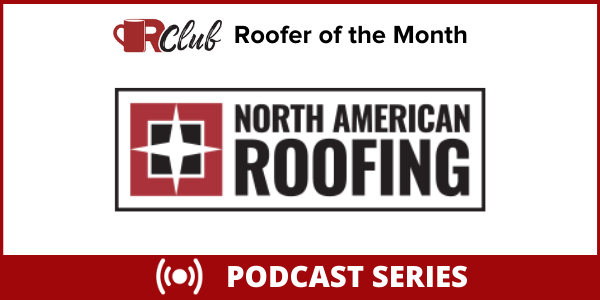3 reasons you might have water spots

By Armour Roof Co.
Ever notice the brown spots on the ceiling of your commercial building? Learn from the roofing experts why they happen!
Water spots on a ceiling can come from a variety of sources. Identifying the cause can be important to understanding what’s going on behind the scenes in an industrial or commercial space. For example, if there’s spotting near a wall or roof penetration, you should check your flashing. Or, if the stain is brown or yellow it might be a leak. A white or gray stain might be coming from thawed condensation. All of this can lead to problems like peeling paint, sagging ceiling tiles or the onset of mold. The experts at Armour Roof Co. have collected some clues to help you make an educated guess on where these spots are coming from!
1 - Leaks
The obvious guess is that your roof is leaking. With the fluctuations in temperature change, roof systems can expand and contract, causing damage and potentially premature deterioration. Exposure to harsh conditions, normal wear and tear and the roof’s age can damage the membrane and allow leaks to seep through. There are a couple of nuanced causes associated with leaks:
- Issues with flashing: Flashing is another common culprit for water penetration on commercial buildings. These are the seals (caulk or other materials) used around roof protrusions such as vents, pipes and skylights. Compared to a residential roof, commercial roofs have several more penetration points, thus making them highly susceptible. Even with proper installation, extreme weather can deteriorate flashing and create entry points for water.
- Drainage issues: When you have clogged drains, downspouts or gutters, there is no place for water to go, so it stays on a roof, often causing ponding. Pools of water can eventually break down a roofing system, find their way through weak spots and overflow onto the ceiling.
2 - Condensation
A lesser-known but equally common cause for water spots on your ceiling is condensation. This issue centers around one of two concerns: poor insulation or poor ventilation (or both).
Insulation aims to keep the warm air in and the cold air out. Poor insulation allows the cold air to meet with the warm air (which holds more moisture) and condenses onto a cold surface- often the underside of the roof. (This is similar to an ice-cold beverage creating condensation on a hot summer day.) So when the weather warms up, the frozen condensation melts, creating water spots on your ceiling.
This is a false illusion of a leak when closely tied to insulation issues.
Secondly, improper ventilation leads to the very same issue. When natural moisture inside a building rises with warm air, it must be properly vented through the roof. Particularly with the snowfall we received, many of the exhaust vents could be covered, thus preventing moisture from escaping. And if moisture can’t escape, it once again meets with the cold air to form condensation that freezes and thaws upon warmer weather.
3 - Plumbing issues
In some instances, we’ve been called upon by a building owner to inspect their roof only to uncover that their water issues were related to plumbing. The frigid temperatures last week Caused several pipes to freeze and burst, leading to water spots on ceilings and/or walls.
Original article source: Armour Roof Co
Learn more about Armour Roofing Co. in their Coffee Shop Directory or visit www.armourroofco.com.













Comments
Leave a Reply
Have an account? Login to leave a comment!
Sign In